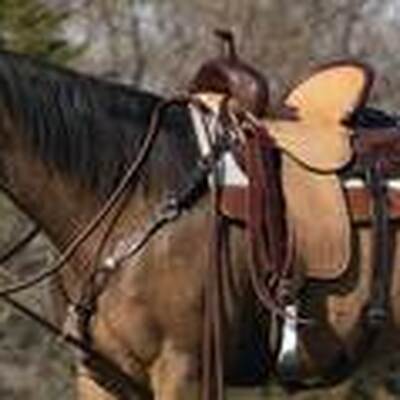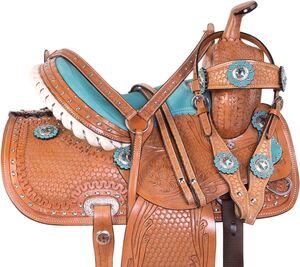-
 Find in Members
Find in Members Find in Videos
Find in Videos Find in Channels
Find in Channels
This website uses cookies to ensure you get the best experience on our website.
To learn more about our privacy policy Click herePrivacy Preference
- Tags - #Western vs English Saddles #English vs Western Saddles
-
- Last updated November 15, 2023 0 comments, 424 views, 0 likes
- United States - Get Directions
More in Politics
Related Blogs
Archives
Western vs English Saddles: Pros, Cons, and Diverse Types
Body
Introduction:
The equestrian world encompasses a rich diversity of saddles designed for various riding styles. Western and English saddles stand out as two prominent categories, each with its unique characteristics, advantages, and drawbacks. This comprehensive exploration delves into the pros, cons, and different types of horse saddles.
I. Western Saddles: Pros:
- Stability: Western saddles offer a secure and stable seat, ideal for long rides and activities such as ranch work and cattle handling.
- Comfort: Designed with ample padding, Western saddles prioritize rider comfort during extended periods in the saddle.
- Versatility: Suited for a range of western riding disciplines, including trail riding, rodeo events, and working with livestock.
Cons:
- Weight and Bulk: Western saddles are inherently bulkier and heavier, limiting flexibility for riders engaged in agile activities or disciplines that require frequent adjustments.
- Limited Contact: The design of Western saddles creates more distance between the rider and the horse, impacting the subtlety of communication between the two.
Types of Western Saddles:
- Trail Saddles: Emphasize rider comfort during extended rides.
- Roping Saddles: Built to withstand the rigors of roping activities.
- Barrel Racing Saddles: Designed for speed and agility in barrel racing competitions.
II. English Saddles: Pros:
- Close Contact: English saddles provide a closer contact between the rider and the horse, allowing for precise communication and subtle cues.
- Lightweight: With a minimalistic design, English saddles are lighter, facilitating greater freedom of movement for the horse and rider.
- Versatility: Suitable for a variety of disciplines, including jumping, dressage, and eventing.
Cons:
- Less Padding: The minimal padding in English saddles may result in less overall comfort during extended rides, especially for riders not accustomed to the design.
- Limited Support: The streamlined design might offer less support for riders who prefer a more secure seat.
Types of English Saddles:
- Dressage Saddles: Prioritize correct rider position and communication for precision in dressage.
- Jumping Saddles: Facilitate a forward seat and freedom of movement for jumping activities.
- All-Purpose Saddles: Striking a balance between dressage and jumping features, suitable for various riding styles.
Conclusion:
Choosing between Western vs English saddles boils down to personal preference, riding style, and the intended discipline. While Western saddles emphasize stability and comfort for tasks like ranch work, English saddles prioritize close contact and flexibility, making them suitable for jumping and dressage. Understanding the pros, cons, and types within each category equips riders with the knowledge needed to make an informed choice based on their unique preferences and riding goals.
Photos
Map
-
Locations on MyWorldGo
Location Information
- Location: United States - Get Directions
- Formatted Address: United States
- Country: United States







Comments